Cost of Sales vs Cost of Goods Sold: What's the Difference?
Many business owners use "Cost of Sales" and "Cost of Goods Sold" interchangeably, but there are subtle differences worth understanding. Knowing when to use each term can help you communicate more precisely about your business finances.
The Key Difference
Cost of Goods Sold (COGS): Specifically refers to businesses that sell physical products Cost of Sales (COS): Broader term that applies to both product and service businesses
When to Use Cost of Goods Sold (COGS)
Use COGS when your business:
Manufactures physical products
Sells retail inventory
Deals with tangible goods
Examples:
Restaurant food costs
Retail store inventory
Manufacturing raw materials
When to Use Cost of Sales (COS)
Use COS when your business:
Provides services
Has a mix of products and services
Wants a more inclusive term
Examples:
Consulting direct labor costs
Software development expenses
Mixed product/service businesses
Practical Applications
Product Business Example:
"Our COGS increased 15% this quarter due to rising material costs."
Service Business Example:
"Our cost of sales includes contractor fees and project materials."
Mixed Business Example:
"Our cost of sales covers both inventory and direct service delivery costs."
Financial Statement Impact
Both terms appear in the same place on financial statements and serve the same purpose in calculating gross profit. The choice is mainly about precision and industry standards.
Industry Conventions
Manufacturing: Typically uses COGS
Retail: Typically uses COGS
Consulting: Typically uses Cost of Sales
Software: Often uses Cost of Sales
Mixed businesses: Usually prefer Cost of Sales
The Bottom Line
While the terms are often used interchangeably, choosing the right one shows attention to detail and industry knowledge. Use COGS for product businesses and Cost of Sales for service or mixed businesses.
Make good with your time by using the term that best fits your business model – it's a small detail that can enhance your professional communication.
